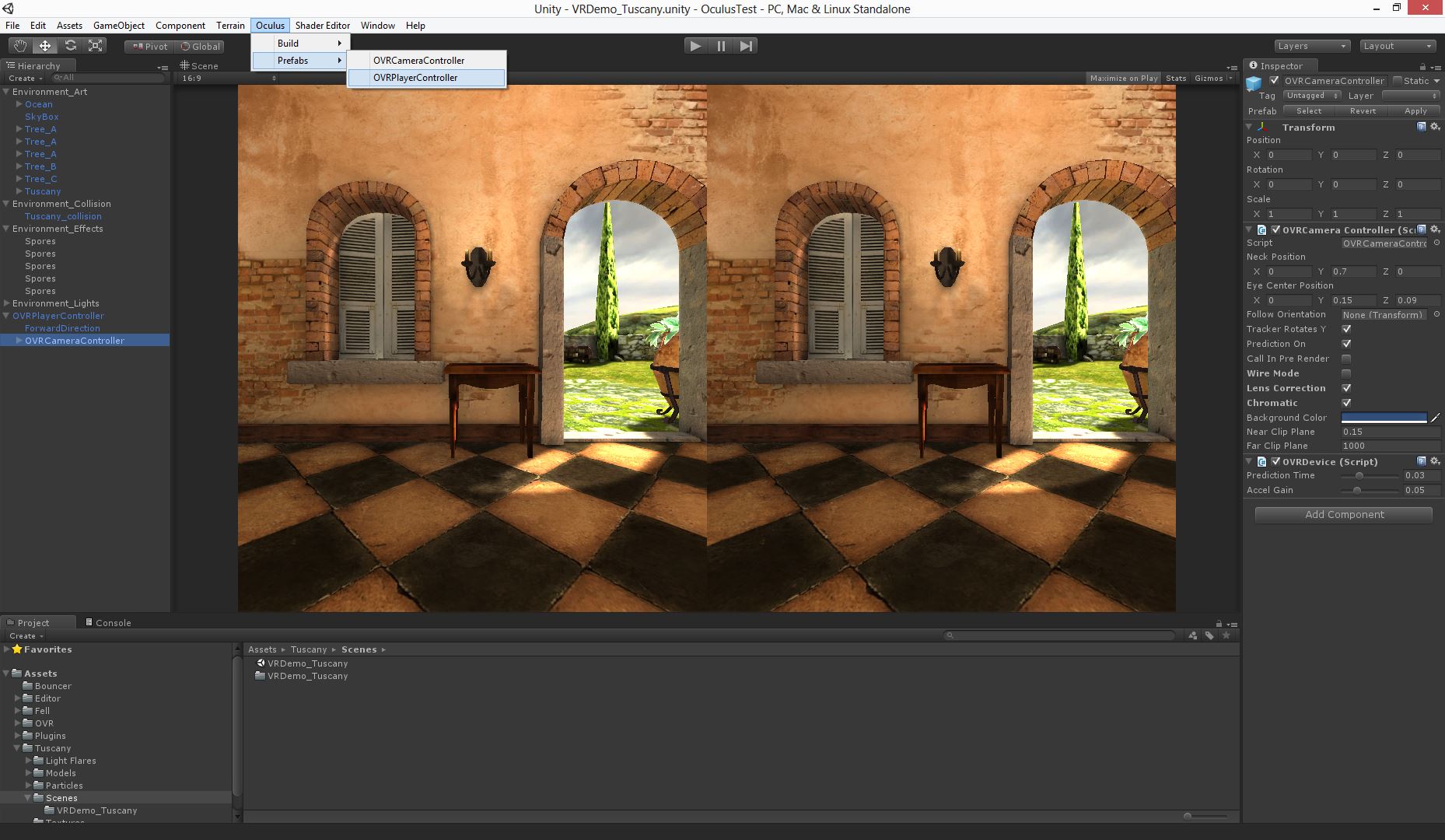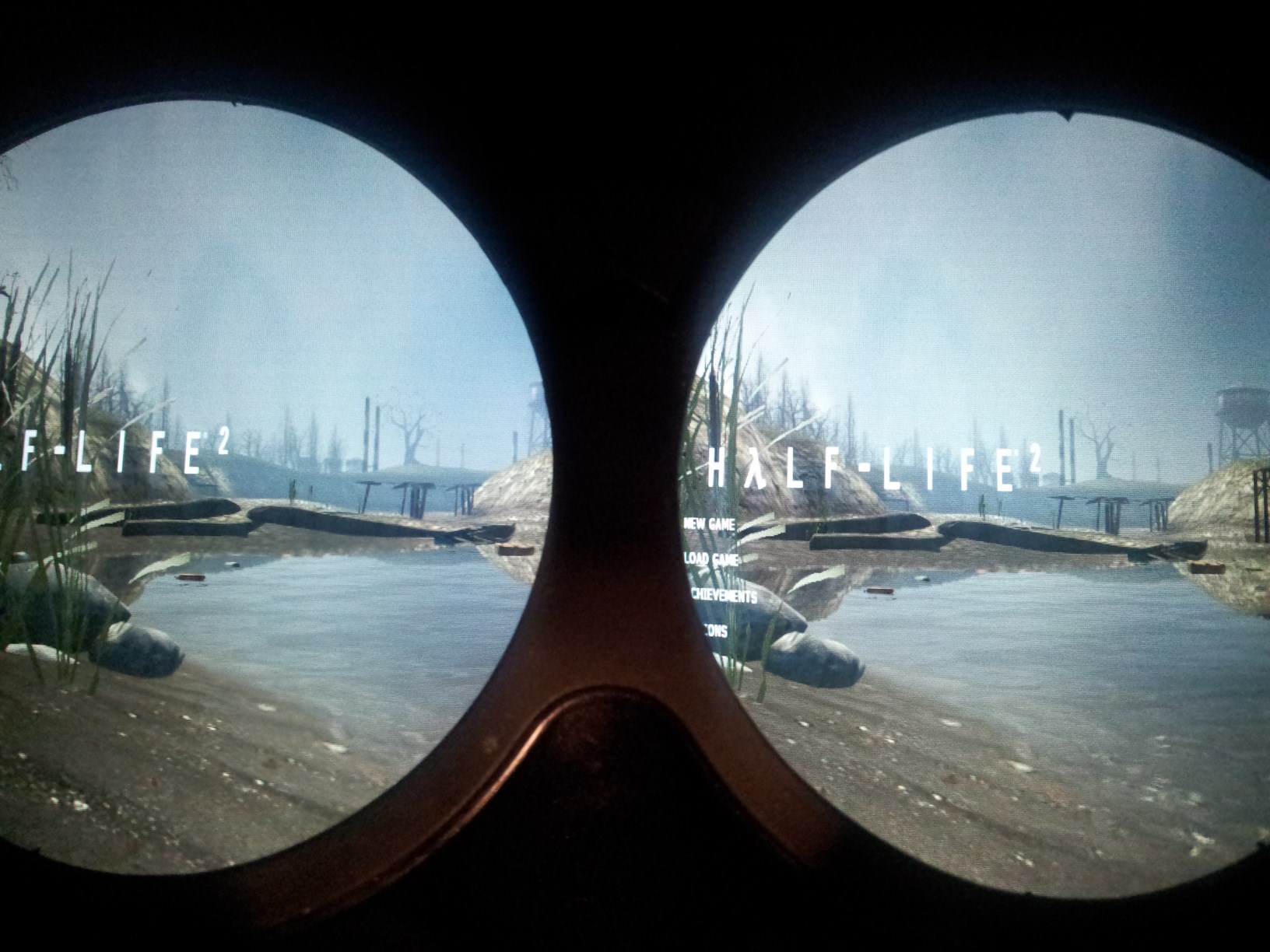Oculus Rift Day 3: Games and the Future
Calum Spring
The demos currently available for the Rift are packed with bite-sized fun and are a great window into what's to come, but of course what everyone's waiting for are the games. The support here is a little more lacking so far, but with enough dedication you can probably already get your money's worth.
Games
There are third party drivers around like Vireio Perception that are aiming to broaden Rift support to basically anything 3D with a first person controller, but the current early state has prevented us from getting it working. Which games do work, however, are Valve's Team Fortress 2 and Epic's Unreal Tournament 3 - via the Rift-enabled UDK.
UDK's Rift support isn't finalized but it can already be quickly enabled in any project. In the case of UT3, at least, while this turns on fairly painlessly, the standard implementation of shooting in the exact direction you're looking makes aiming a hilariously confusing experience. As far as we could tell support for other control methods are forthcoming.
Valve has dedicated a lot of effort already to Rift support for their free-to-play shooter. With in-built calibration and around a dozen control schemes you can easily equip the most pain-free setup for your eyes.
To play devil's advocate, what becomes more and more painfully (literally) obvious as you use the Rift is the damage the low-resolution panel causes to the experience. Reading and comprehending most UI elements is a fuzzy, eye-wateringly difficult effort in futility. This is where future hardware options need to step in, speaking of which...
Predictions (a.k.a. Speculation)
The most exciting part of the Rift is not what it currently does, but what the success of this early kit means for the future of the resurgence of VR. I've found my entire Rift experience dominated by exciting expectations as to what the future holds.
The next revision of this product - whether it be a second dev kit or first release product - should release fast, before the end of the year, even. The technology that's getting crammed into these units; mobile phone screens and sensors, are advancing so fast that by the time a new phone comes out it's already outdated, and the same is clearly true for the Rift.
While this could prove a challenge to keep up with, it provides a great opportunity for Oculus. A new kit with better screen, and probably front-facing cameras and more platform support could be, and should be, just around the corner. VR just 12 months from now will look unrecognizable and could never have been predicted to move this fast before the Rift was announced.
And I can't wait to see what happens.
This concludes our mini Rift series. Hope you enjoyed reading it as much as I did writing it!
Calum 
Missed the earlier installments? Rift Day 1 - Rift Day 2




